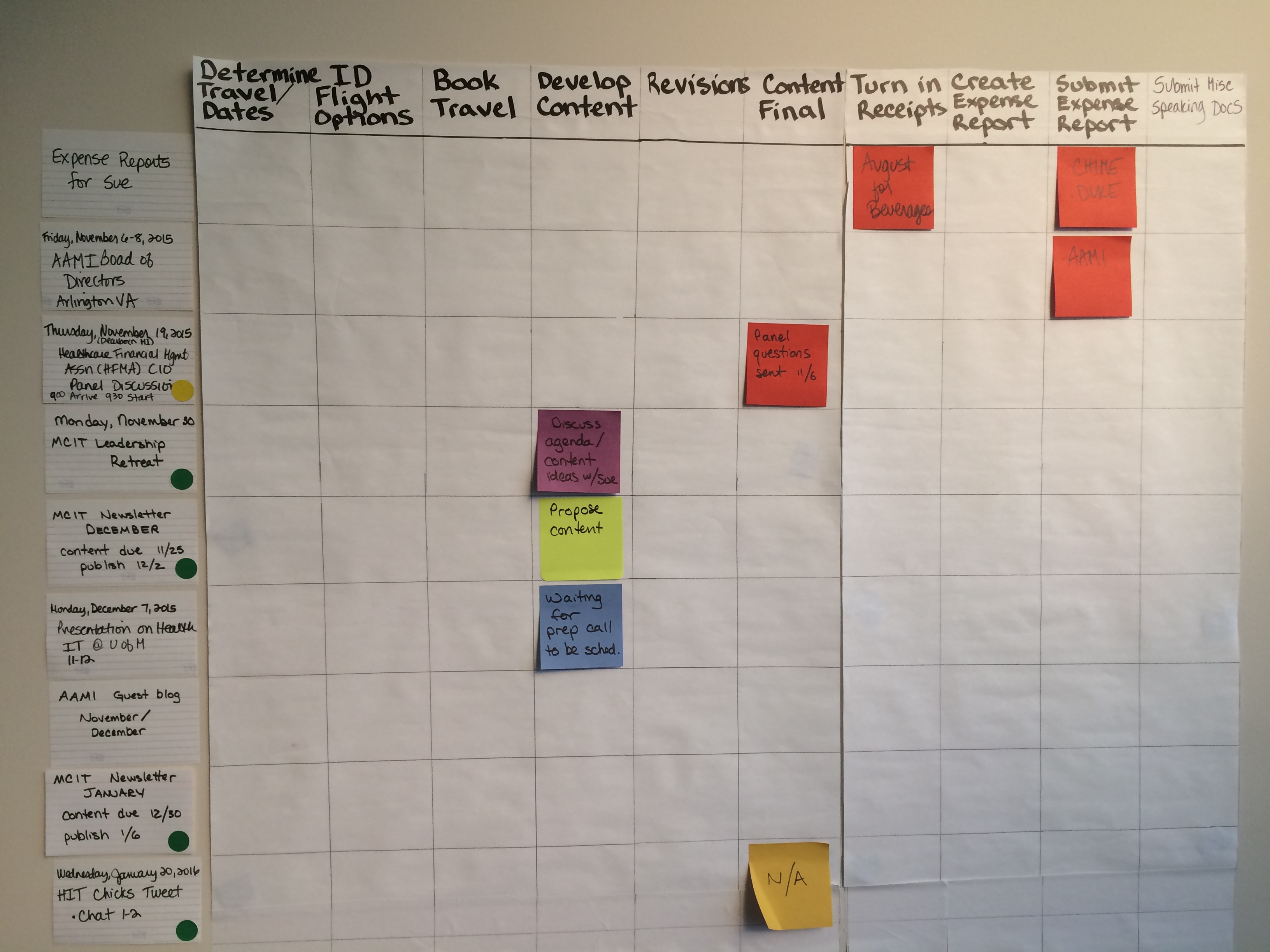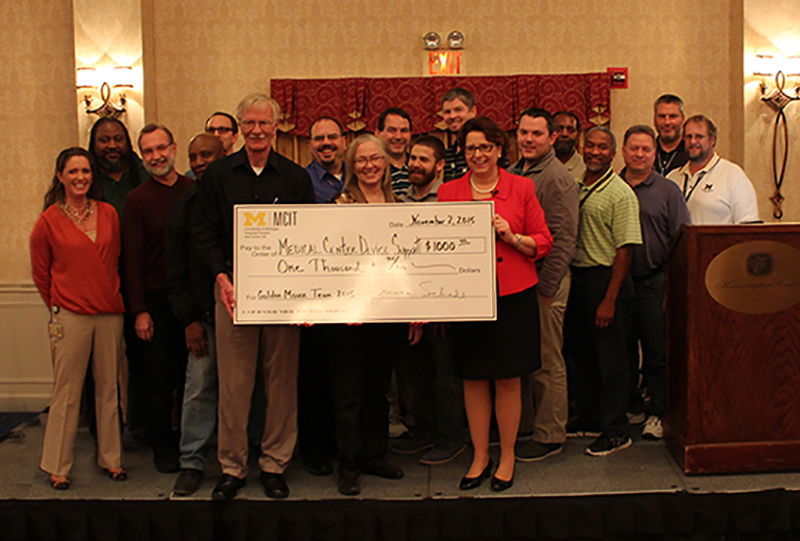The first three months of my interim CIO engagement at University Hospitals has flown by. I’m fortunate to be working with a very talented IT team and we recognize there is always room for improvement. We  have already made some very positive changes and improvements. We are tightening up how we manage and monitor the production environment to reduce preventable incidents. We do a root cause analysis on every major incident and review them as a team at our bi-weekly leadership meeting, tracking all subsequent action items. We are making progress on numerous major priority projects and there have been several system upgrades and go lives during this period. We are doing detailed planning for our new hospital integration efforts. We are launching our visual management board and leadership huddle next week as part of our lean efforts. And we have re-established an executive level IT steering committee addressing the critical need for IT governance.
have already made some very positive changes and improvements. We are tightening up how we manage and monitor the production environment to reduce preventable incidents. We do a root cause analysis on every major incident and review them as a team at our bi-weekly leadership meeting, tracking all subsequent action items. We are making progress on numerous major priority projects and there have been several system upgrades and go lives during this period. We are doing detailed planning for our new hospital integration efforts. We are launching our visual management board and leadership huddle next week as part of our lean efforts. And we have re-established an executive level IT steering committee addressing the critical need for IT governance.
Our third IT steering committee will be Monday evening. Our CEO and other senior executives are engaged – exactly what we needed. They are developing a deeper understanding of our current work and the many new requests we have received since this year’s budget was approved. We have reviewed with Continue reading







 I am committed to developing the next generation of leaders. I also give generously to non-profits that I care about. This week, those two passions converged.
I am committed to developing the next generation of leaders. I also give generously to non-profits that I care about. This week, those two passions converged. The past month has been a particularly busy one for me. I have spoken locally a few times and gone out of town on business several times as well. I’ve been to the CHIME Fall Forum, made a
The past month has been a particularly busy one for me. I have spoken locally a few times and gone out of town on business several times as well. I’ve been to the CHIME Fall Forum, made a 